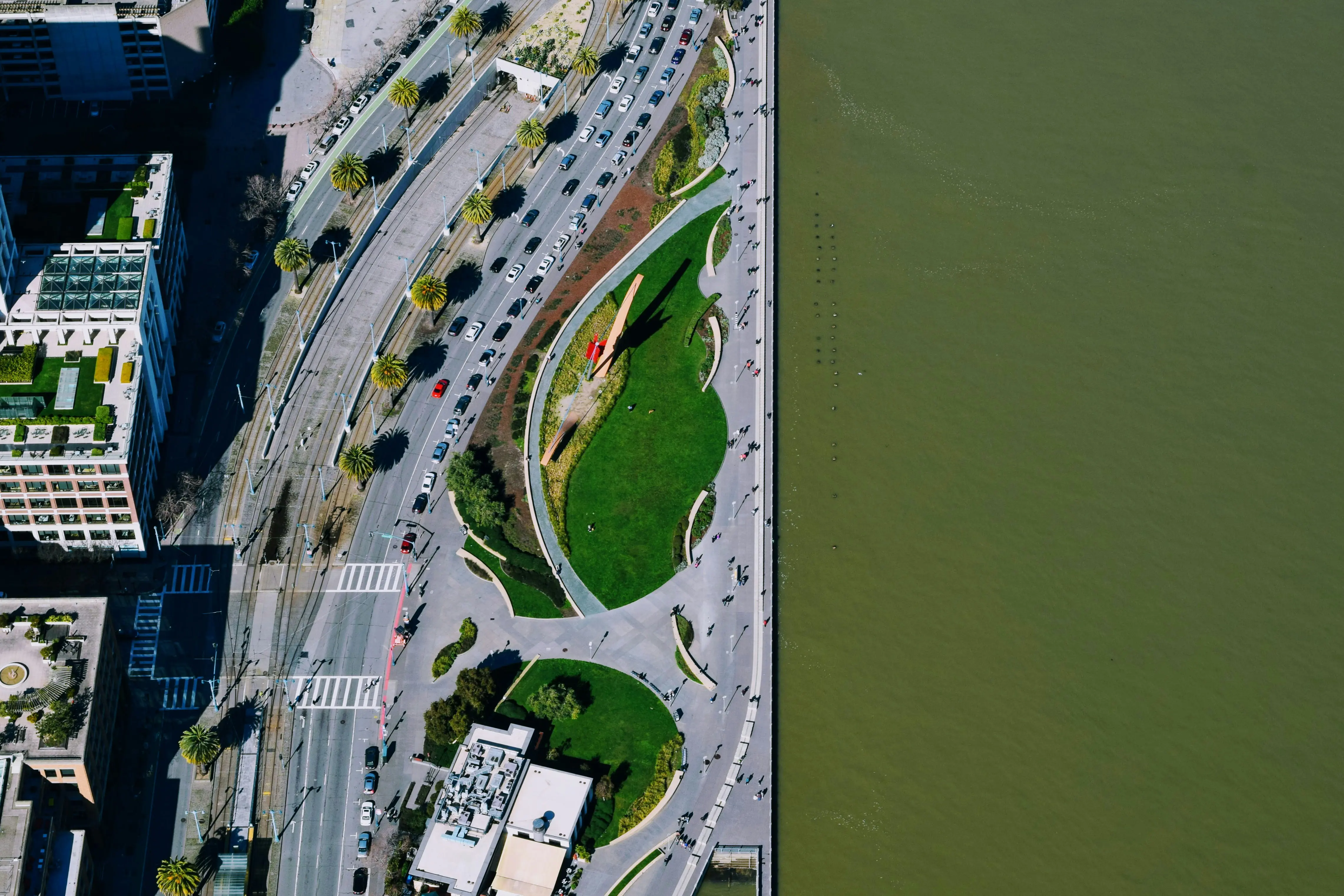Innovative Urban Planning: Boosting Climate Resilience With Simple Solutions

In the quest for climate-resilient cities, multifunctional areas play a pivotal role. These spaces serve dual purposes, such as in Rotterdam, where basketball courts are designed to flood during heavy rain, easing the pressure on stormwater systems. Solutions like these are becoming increasingly vital as urban areas face mounting environmental challenges.
One research initiative examines the pollutants washed away by stormwater from non-metallic roofs, such as those made of ceramic or concrete tiles. These pollutants can seep into groundwater, posing environmental risks. To tackle this, researchers are utilizing infiltration swales (shallow channels designed to manage water runoff) and advanced treatment plants to curb pollution.
Another intriguing study explores how urban trees can adapt to climate change. It focuses on optimizing tree planting locations and assessing the necessary soil volume for growth within limited urban spaces. Additionally, researchers are investigating water-retaining materials and cisterns (small water storage systems) to sustain trees during dry periods. This research is part of a broader vision that integrates technical solutions with insights from various disciplines to create a holistic urban ecosystem.
Adopting a comprehensive perspective involves not just enhancing the local water cycle with well-irrigated trees but also promoting biodiversity and improving urban living conditions. Cooler, greener cities are not only more pleasant but also more energy-efficient when roofs and facades are planted. By working with experts from ecosystem research, architecture, landscape planning, and the social sciences, cities can become more climate-resilient.
Cities like Copenhagen and Freiburg are leading the way in becoming climate-conscious and water-sensitive. They demonstrate that while many municipalities recognize the need for change, progress requires concrete steps such as legal regulations for roof planting on public buildings. Often, construction prioritizes speed and cost-effectiveness over long-term sustainability. However, integrating features like planted roofs can offer environmental benefits and improve building insulation. It's essential to account for ongoing operating expenses and related costs in urban planning to ensure sustainable development.